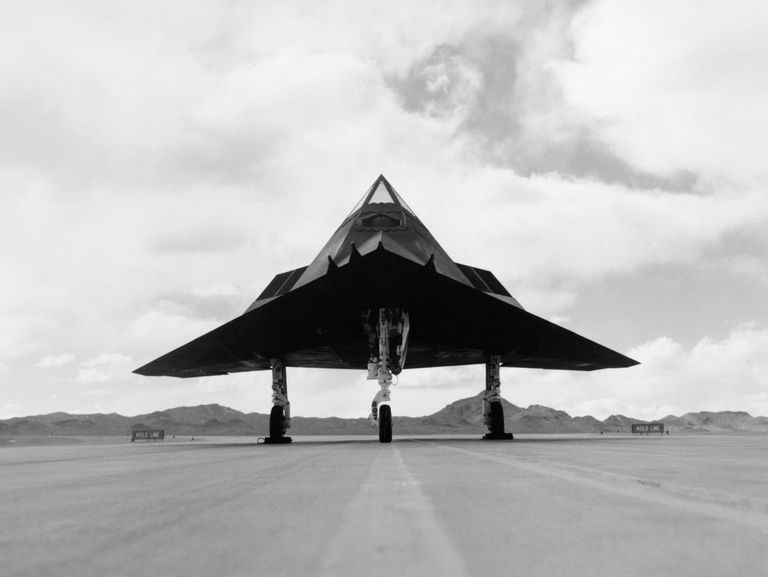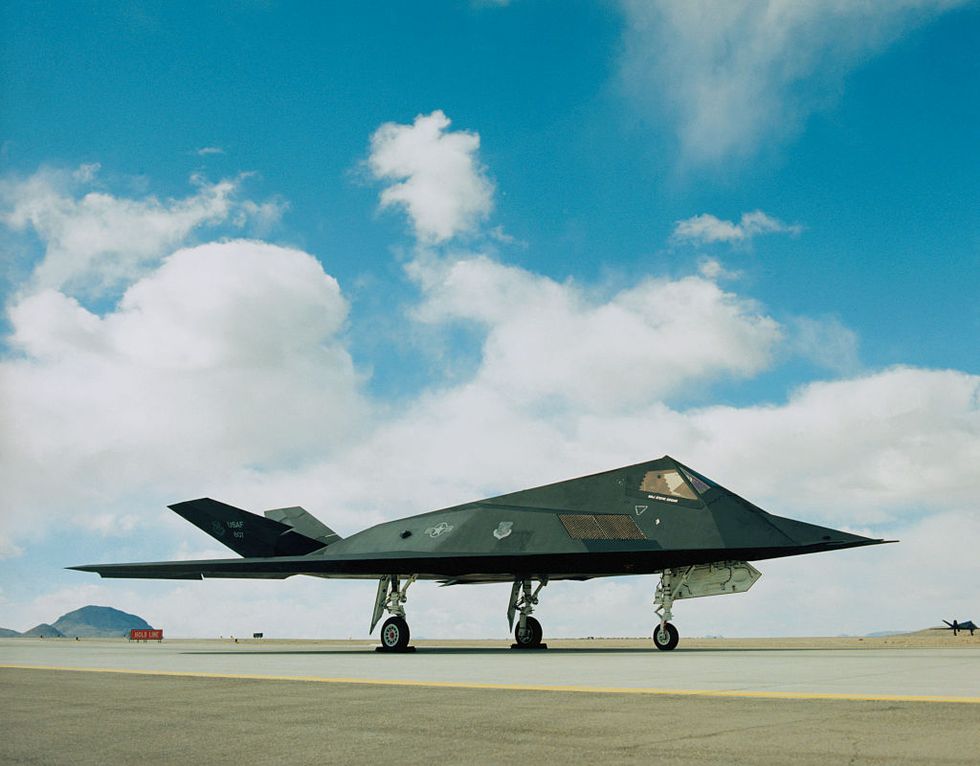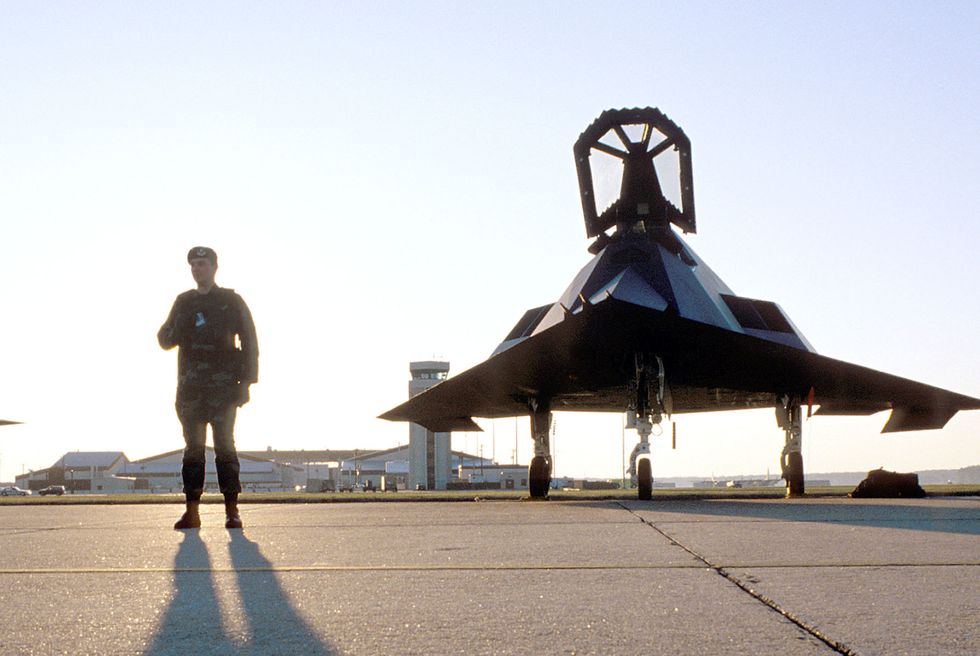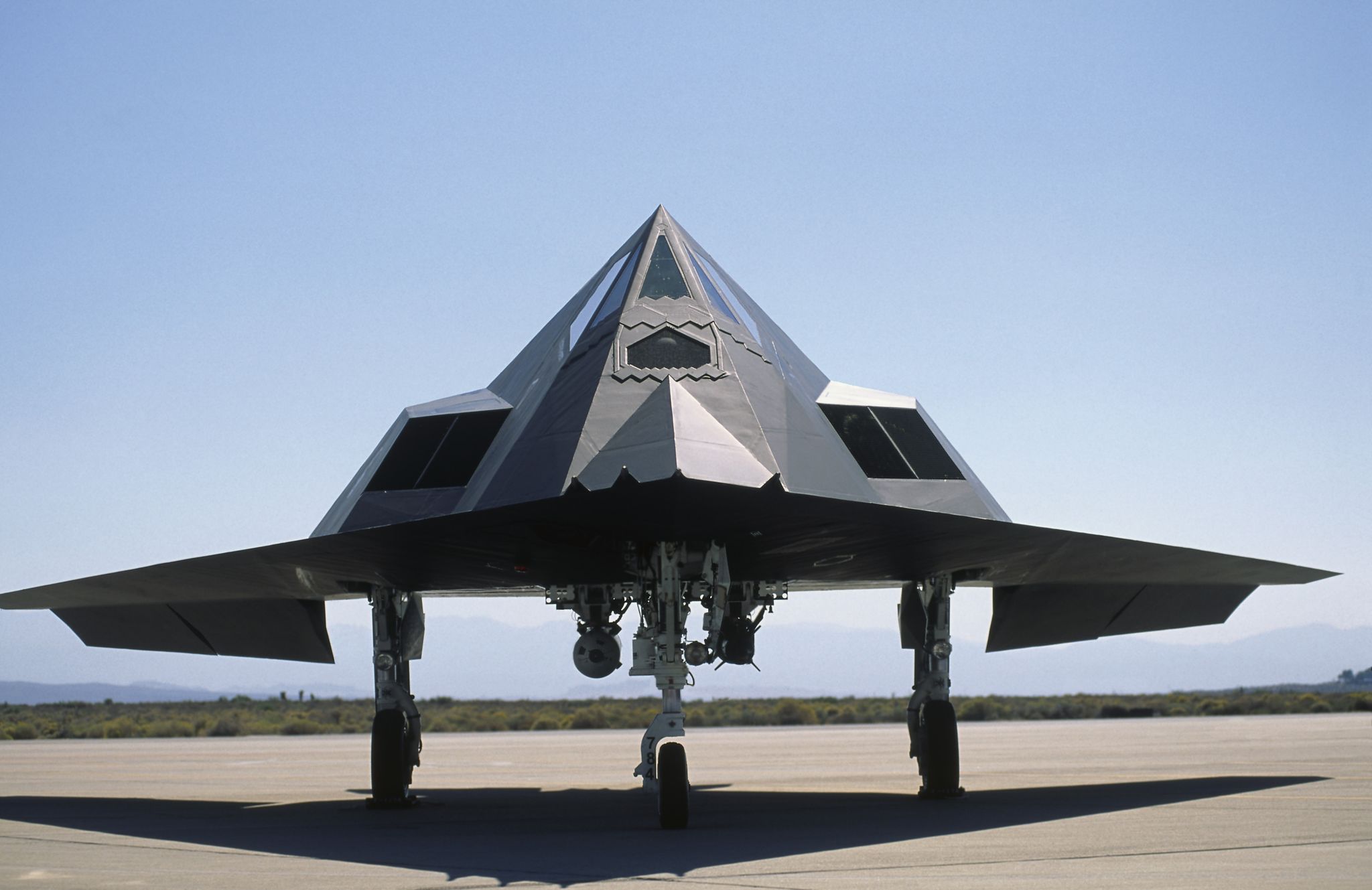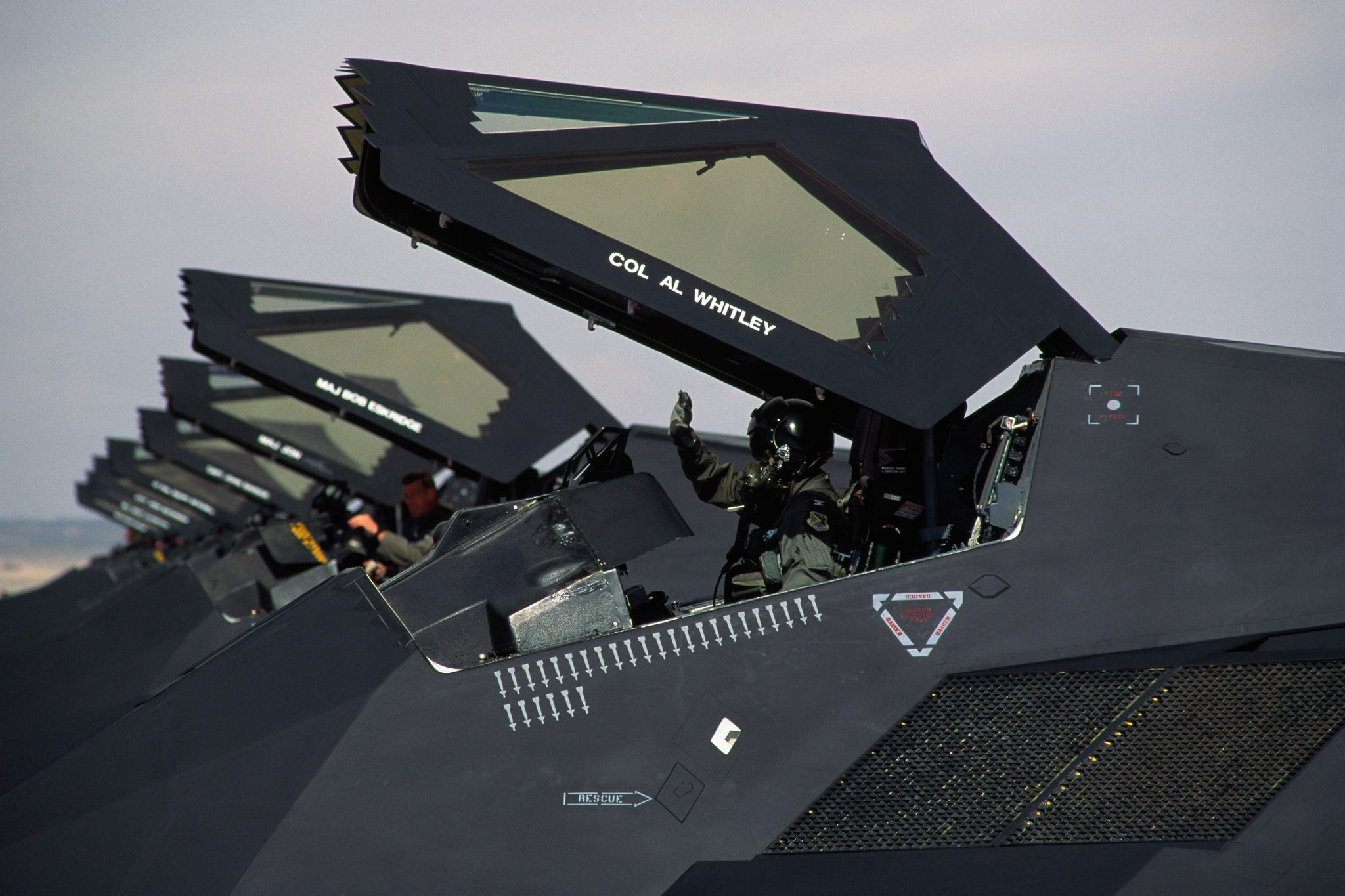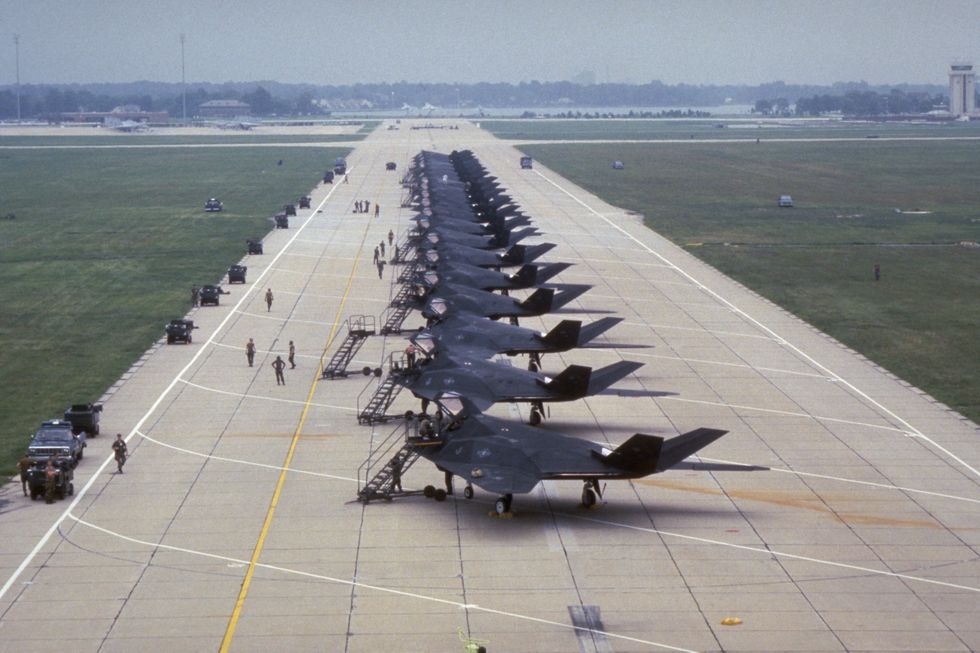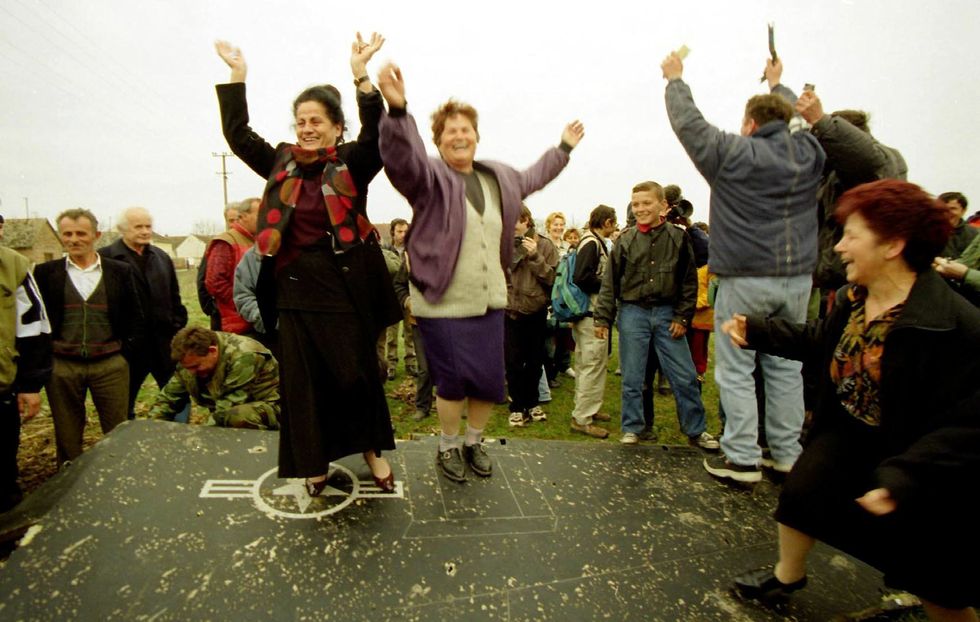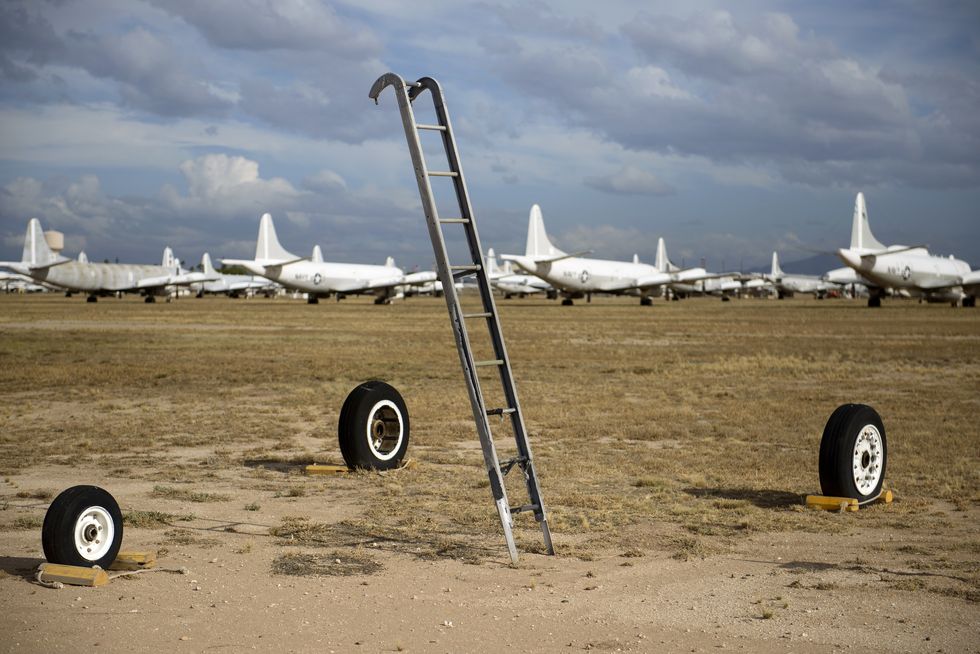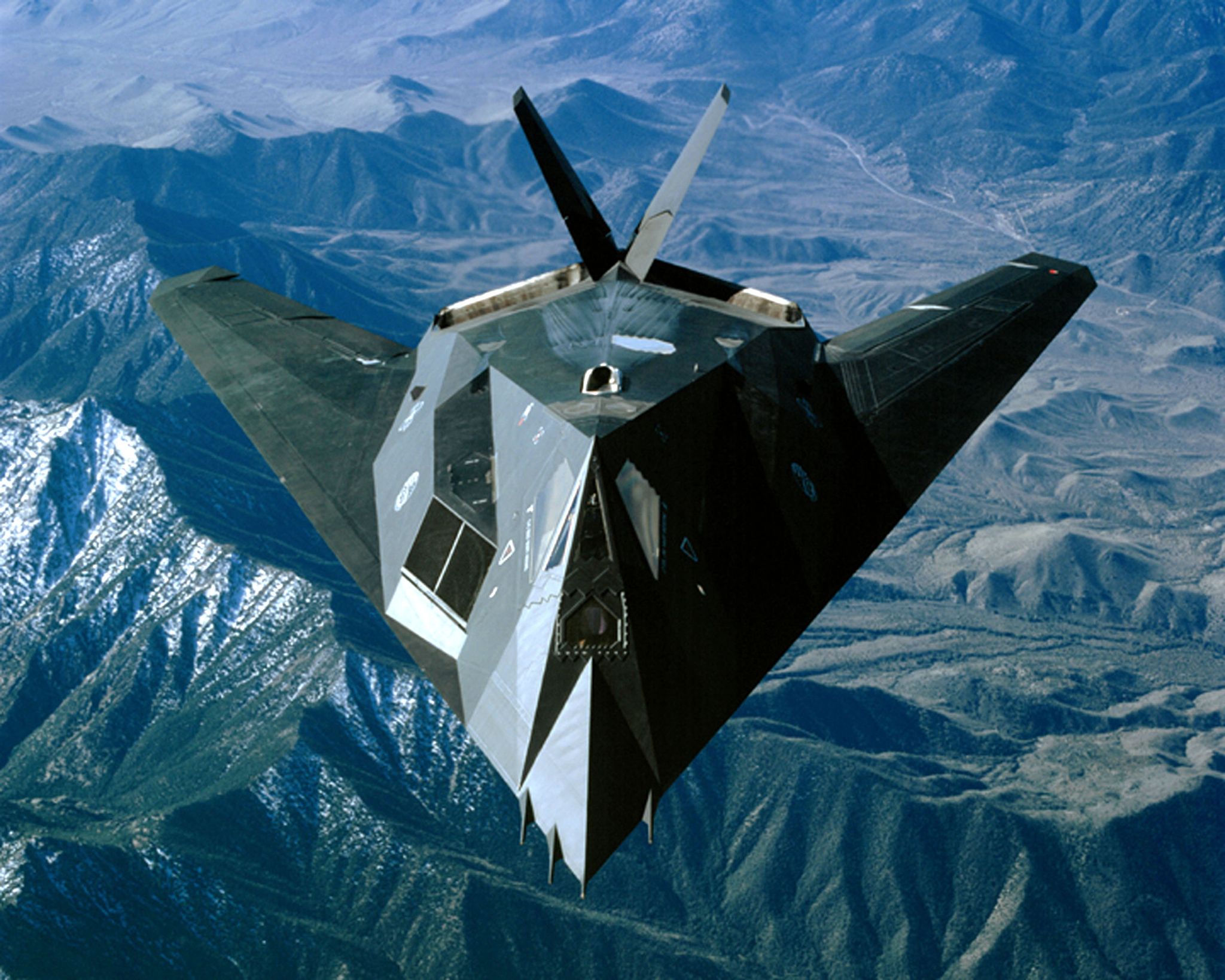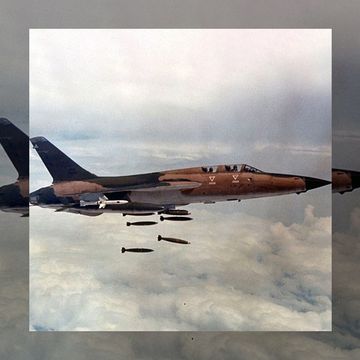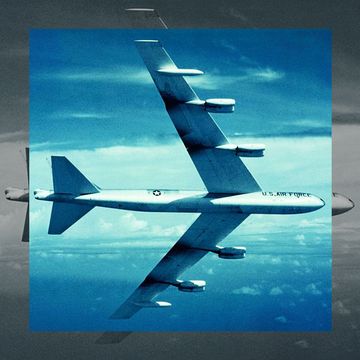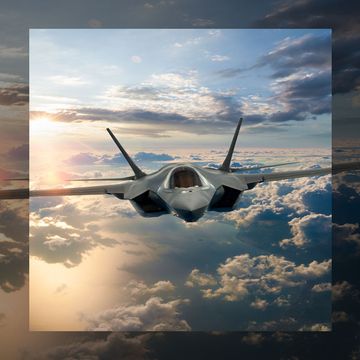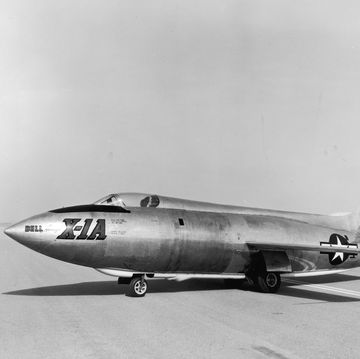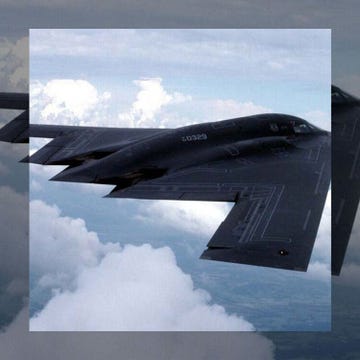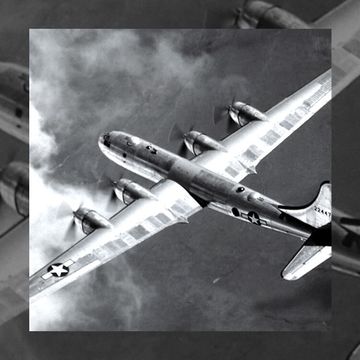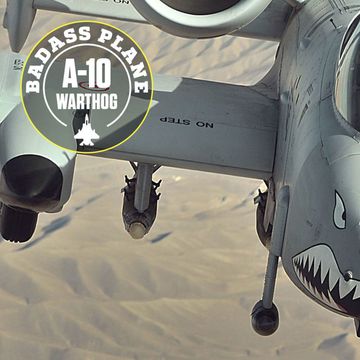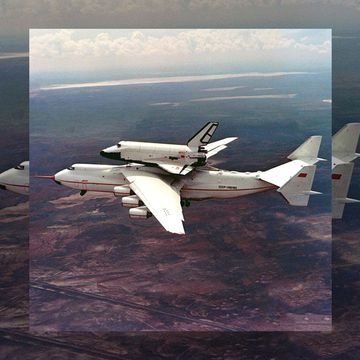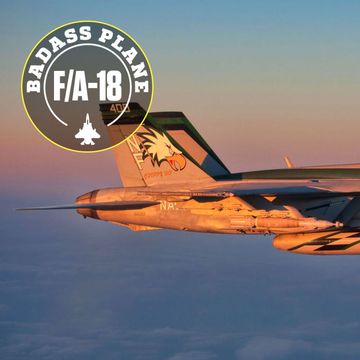As night fell over Baghdad on January 16, 1991, a small army of maintainers and pilots gathered around what had been one of America’s best kept secrets. A single combat mission in Panama two years prior had introduced the F-117 Nighthawk to the world, but tonight would be a true test of the world’s first stealth combat aircraft.
Months of reconnaissance had confirmed that Baghdad was among the most heavily defended cities in the world, but their orders were clear. Major Greg Feest was to lead a group of ten Black Jets deep beyond enemy lines to the Iraqi capital. From there, they would drop the first bombs of a new war, demonstrating once and for all the qualities stealth had to offer.
Despite the groundbreaking technology employed in the F-117’s design, there were no guarantees that it would perform as advertised. Its unique shape required the use of four redundant fly-by-wire systems to make the aircraft manageable. Despite stealth’s reputation, it truly is about delaying detection, rather than circumventing it.
People back home may have called the F-117 a “stealth fighter,” but the aircraft carried no weapons beyond its payload of two 2,000 lb. GBU-27 laser guided bombs, and it wasn’t fast enough to outrun inbound missiles like the ultra-fast SR-71.
For Feest and his fellow pilots, it was entirely possible that they may have been flying into a shooting gallery. They were relying on the F-117’s automated mission planning computer to consider radar and surface-to-air weapons systems along their route. In effect, they put the planes on autopilot as each chose its own course through the heavily contested airspace.
“Most people think the F-117 was invisible to radar but that’s just not true.” Lt Col. Keith “Ghost” Butler, an F-117 pilot who also flew F-16s and the B-2, tells Popular Mechanics. “The Nighthawk was really, really hard to see but we weren’t invisible.”
Air Force officials had estimated that F-117 combat losses that night would likely reach five percent. With thirty aircraft involved, that meant it was reasonable to expect that at least one of these revolutionary bombers wouldn’t make it back.
At 2:51 a.m., Major Feest dropped the first bomb of the war, destroying the city’s air defense center. Almost immediately, the dark skies over Baghdad lit up with anti-aircraft fire. The Iraqis were firing blind, but that didn’t make their rounds any less dangerous to the Black Jets soaring above.
Despite the streaks of gunfire all around them, that first wave of F-117s all achieved their targets and made their way home, followed by another wave of ten more Nighthawks, and then another.
When the night was over, 49 radar stations, air defense assets, and communications hubs throughout Baghdad were destroyed. And despite the expectation of losses, each and every F-117 made it back unscathed.
The Gulf War had officially begun—as had the era of stealth.
Hopeless Diamond and the Wobbly Goblins
Thirty years before the F-117’s nighttime journey to Baghdad, the U.S. Air Force was at a crossroads. The U-2 and SR-71, both unarmed reconnaissance aircraft, had befuddled enemies for years with sheer altitude and speed. But as air defenses improved, the advantages began to fade. A new solution was necessary: If the Air Force could no longer simply beat defenses, they had to find a way to evade detection altogether.
But this new plane would have to beat more than just radar. Stealth is only achieved through overlapping design elements, technologies, and combat strategy. Detection can come in various forms, and this new “stealth” aircraft would have to address all of them.
Instead of building an aircraft and then incorporating stealth later, Lockheed’s Skunkworks started with a stealth design and built an aircraft around it—and their design found help in the most unlikely of places. Soviet researcher Pyotr Ufimtsev published a study analyzing how shape affects radar-returns. The Soviets didn’t seem to be taking his work to heart, but thousands of miles away, the idea was just what Lockheed needed.
Lockheed’s engineers then used the most advanced computers available at the time to develop a shape that could limit detection from radar using angled plates, and by 1975, they had the design finished. There was just one problem: it didn’t look like anything that would actually fly.
Around the office, they took to calling their design the “hopeless diamond.” Nonetheless, a series of models were built and one was wrapped in metal foil for use in radar testing. Hopeless or not, the model proved their theory: it was almost invisible to radar detection. By 1976, Lockheed started building flyable prototypes.
The program, dubbed "Have Blue," produced two aircraft: HB1001 and HB1002. These planes looked a lot like the F-117, but were actually much smaller. They were so small, in fact, that Lockheed was able to use components from other fighters to expedite production.
The prototypes were called “wobbly goblins” by those who tested them. The unique shape that evaded radar and dissipated heat also made for an incredible unruly platform. On HB1001’s 36th test flight, an issue with its landing gear forced pilot Ken Dyson to remain airborne until he ran out of fuel and had to eject, relinquishing the prototype to gravity’s grip.
HB1002 was finished just a few months later, and it conducted 51 more successful test flights until a hydraulic leak on the 52nd caused an engine fire that forced the pilot to eject from that aircraft.
Both prototypes had been destroyed, but they had proven the concept. The decision was made in November 1978 to move forward with a combat aircraft based on the unconventional design.
The True Meaning of ‘Stealth’
The new F-117 Nighthawk (technically, the F-117A) looked a lot like its predecessors, though the vertical stabilizers were angled outward (rather than inward) and its dimensions grew to be more battle ready. The angular look of the F-117, designed to reflect radar waves off of its body, was bolstered by the use of a radar absorbing iron-ball paint that was magnetically charged to reduce radar returns. Its exhaust ports were narrowed into tight slits to minimize detection by infrared systems.
All of its communications antennas were built on retractable motors so they could be stowed in contested airspace. Unlike fighters of the day, its weapons were held internally as external pylons would make the plane easier to spot on radar.
It carried no on-board radar to detect enemy fighters, as using the radar would alert nearby defenses of their presence. Because the aircraft was only expected to operate at night, it was painted black to make it more difficult to discern against the night sky.
“The Nighthawk is a mean-looking jet, borderline unearthly. The mystique, the secrecy, the aura oozed from every angle,” Butler says about his first experience flying the F-117 in 2005. “I fell in love at first sight and never got tired of walking up the ladder to strap that jet on my back and take her out of the barn.”
With room for just two bombs, the F-117’s “F” prefix was a misnomer. Technically speaking, it should have been the B-117 (bomber) or A-117 (for attack aircraft). The F designator did, however, help entice fighter pilots into the program. With a top speed of just 623 miles per hour (slower than a B-52 bomber) and an inherently unstable shape, the single-seat F-117 couldn’t keep pace with fighters, but that controlled instability actually resulted in a surprisingly nimble jet.
“While nowhere near the handling characteristics, flying capabilities, or raw power of the F-16, the Nighthawk could pull up to 6g’s if needed.” Butler explains. “However, the jet’s visibility was much more restricted than the F-16 due to the stealth design incorporated into the canopy.”
The jet’s exclusivity, secrecy, and importance made F-117 pilots, or “Bandits” as they were called, an envied bunch.
“Every time I lowered that canopy and watched that sawtooth-shaped leading edge close tight, I felt like a knight lowering his helmet’s visor in preparation for battle,” he says.
Throughout the 1980s, rumors swirled throughout the general public about the mysterious triangular aircraft. The media even gave the mystery plane a name: the F-19. Soon, F-19 model kits and even computer games were hitting the market, each with a good idea of what the stealth aircraft looked like (despite a complete lack of publicly available photographs).
By 1988, the government finally admitted that the F-117 existed but offered little else. It wouldn’t be until a year later that the first images of the F-117 in flight would appear.
A (Near) Perfect Combat Record
Thanks to the F-117’s ability to evade detection, pilots reported having more time to precisely aim their munitions during combat missions over Iraq. In all, F-117s flew more than 1,280 missions during the Persian Gulf War, striking some 1,600 targets ranging from Iraqi aircraft parked on airstrips to ammunition dumps.
"It was the marriage of the GBU-27 to the F-117 that had a laser designator in its nose that made it such a precise, deadly platform," Yancy Mailes, a former F-117 maintainer said. "It was best demonstrated during Operation Desert Storm when pilots snuck into Iraq and dropped weapons down the elevator shaft of a central communications building."
F-117s were called back into action over Kosovo in 1999. Nighthawks operating out of Italy and Germany flew multiple missions during the conflict, including one that involved dropping a specialized BLU-114B graphite bomb that temporarily disabled a good portion of the Yugoslavian power grid.
These missions were also the first time F-117s found themselves squaring off against enemy fighters. The Yugoslavian Air Force Mig 29s couldn’t detect the F-117s on radar but could spot them with the naked eye, prompting the Air Force to accompany many Nighthawk missions with F-16 escorts. In one instance, an F-117 found itself caught in the crossfire between an F-16 and Mig-29, with air-to-air missiles crossing its nose as it made its escape.
Not all F-117s were so lucky. Of the 59 F-117's ever build, the only Nighthawk ever lost in combat went down during the Kosovo conflict. Yugoslav Colonel Zoltan Dani employed a unique strategy, using a low bandwidth radar to queue the activation of a higher bandwidth, just when the F-117 would be visible to it.
One of the two fired missiles found its mark, forcing Lieutenant Colonel Dale Zelko to eject inside enemy airspace. While Zelko was soon rescued, the Nighthawk fell to earth relatively intact, allowing both Russian and Chinese officials an opportunity to get their hands on it.
Despite that loss, the Nighthawk remained America’s most potent weapon in contested airspace, seeing more action in Afghanistan and leading the way once again as the U.S. invaded Iraq in 2003.
Early Retirement...and Return?
After 25 years at the forefront of America’s military apparatus, the F-117 was officially retired on April 22, 2008, in favor of a new advanced stealth platform, the F-22 Raptor, and eventually, the F-35 Joint Strike Fighter.
However, even retirement wasn’t the end for the world’s first stealth combat aircraft. All 52 F-117s were retired into a form of “flyable storage,” where they were kept in near-working condition just in case a large scale conflict broke out and America once again needed to call on the Nighthawk.
With a half dozen or so Black Jets continuously kept in flying condition, reports of F-117s in the sky over the U.S. have appeared periodically in the years since. Some of these spotted F-117s have now traded their subdued black paint schemes for a blocky, white, gray, and black camouflage pattern often seen on aggressor aircraft. Others are likely used for equipment testing.
There have even been rumors of at least one clandestine combat operation over the Middle East that reportedly involved a number of un-retired Nighthawks, though there’s no real evidence to substantiate them.
But such an uncertain end seems fitting for America’s first stealth bomber. Like the shadow it was meant to emulate, the world can never be sure if there’s a Nighthawk lurking high above.
“My favorite part of flying the F-117 was knowing we could go places no one else could go, to do things no one else could do, and no one would know we were there until the first target was hit,” Butler tells Popular Mechanics.
“We were the kick-down-the-door force that enabled other jets to do their jobs, I’ve always been proud of that.”
Alex Hollings is the editor of the Sandboxx blog and a former U.S. Marine that writes about defense policy and technology. He lives with his wife and daughter in Georgia.
